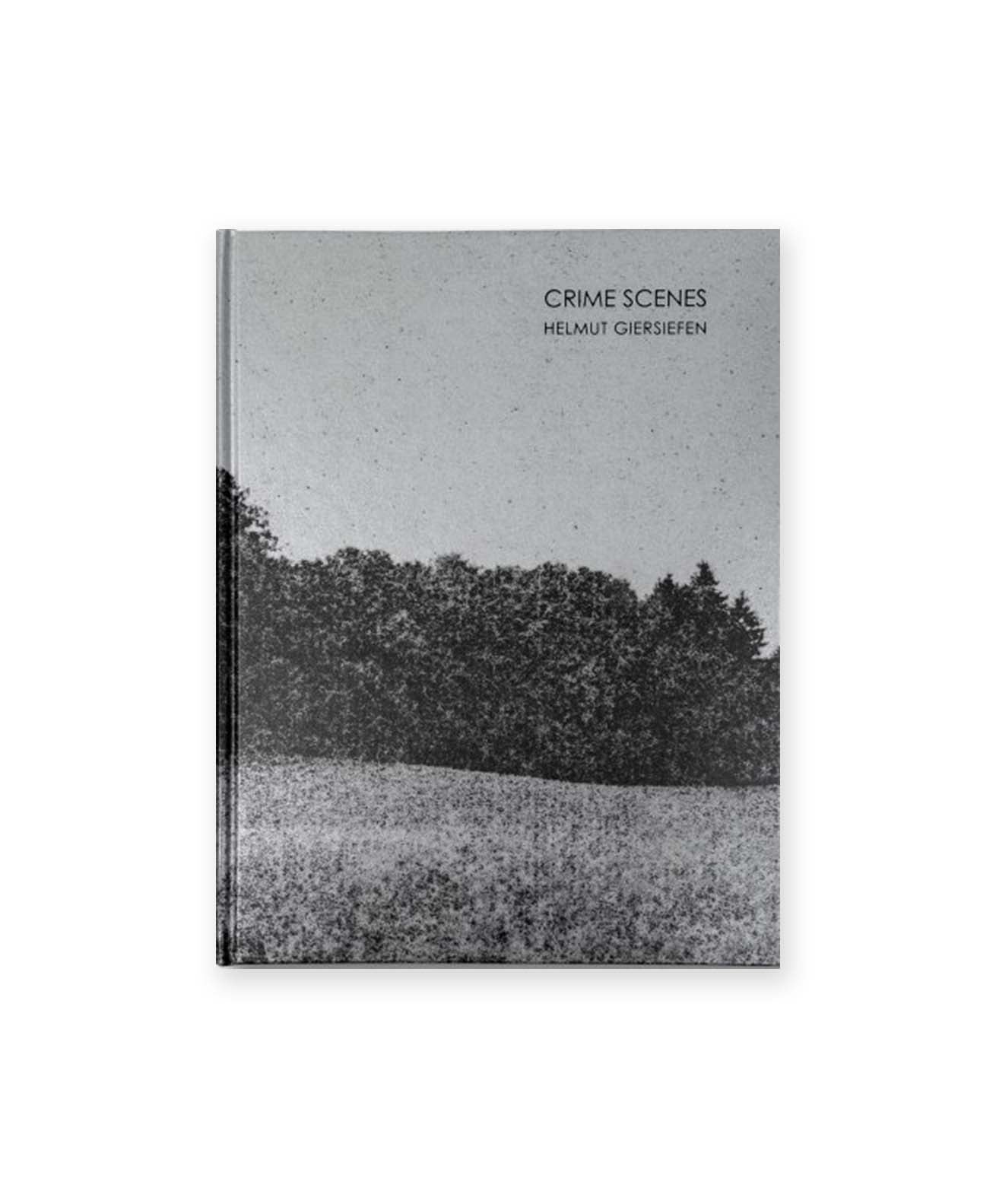Helmut Giersiefen – Crime Scenes
Pickup available at 1 rue des Minimes
– Default Title
-
1 rue des Minimes
09709759181 Rue des Minimes
75003 Paris
France
Helmut Giersiefen
Crime Scenes (Signed)
Published by X SurMesure, Patrick Remy Studio, 2020
Size: 27.5 x 21.5 cm
88 pages - 47 images
Hardcover
Limited Edition of 200 numbered copies
ISBN 9-782957001309
They are usually hidden at the edge of forests or in clearings, in clusters with trees, bushes, or electricity pylons. Most are made of wood to perfectly fit their environment. High seats are constructions used for hunting from a hide. Sitting above the wind to avoid detection by wild animals, the hunter is hidden in ambush. Helmut Giersiefen calls these watchtowers in his series of black and white analog photographs "crime scenes."
Although they only come in six basic forms, the viewer is fascinated by the "architectural" diversity of these high chairs, which photographer Helmut Giersiefen calls "anonymous wooden sculptures in nature." He uses a special black and white film called Washi to photograph them in their respective environments, giving his views the eerie atmosphere of a crime scene.
Produced by a small factory in Saint-Nazaire, France, Washi film is made by manually applying a photographic emulsion to Moriki paper. Washi means “handmade translucent paper” in Japanese. Orthochromatic film has a low sensitivity (ISO 25/15°) and high gradation. This requires the photographer to very precisely assess the lighting conditions and the contrast range of their motif. Analog baryta prints offer astonishing tonal richness and surprising graphic effects. The origin of the term “photography” comes from the ancient Greek – photós (light) and graphein (drawing). Helmut Giersiefen’s “Crime Scenes” series combines the presentation of typological motifs with the original concept of photography – drawing with light.


